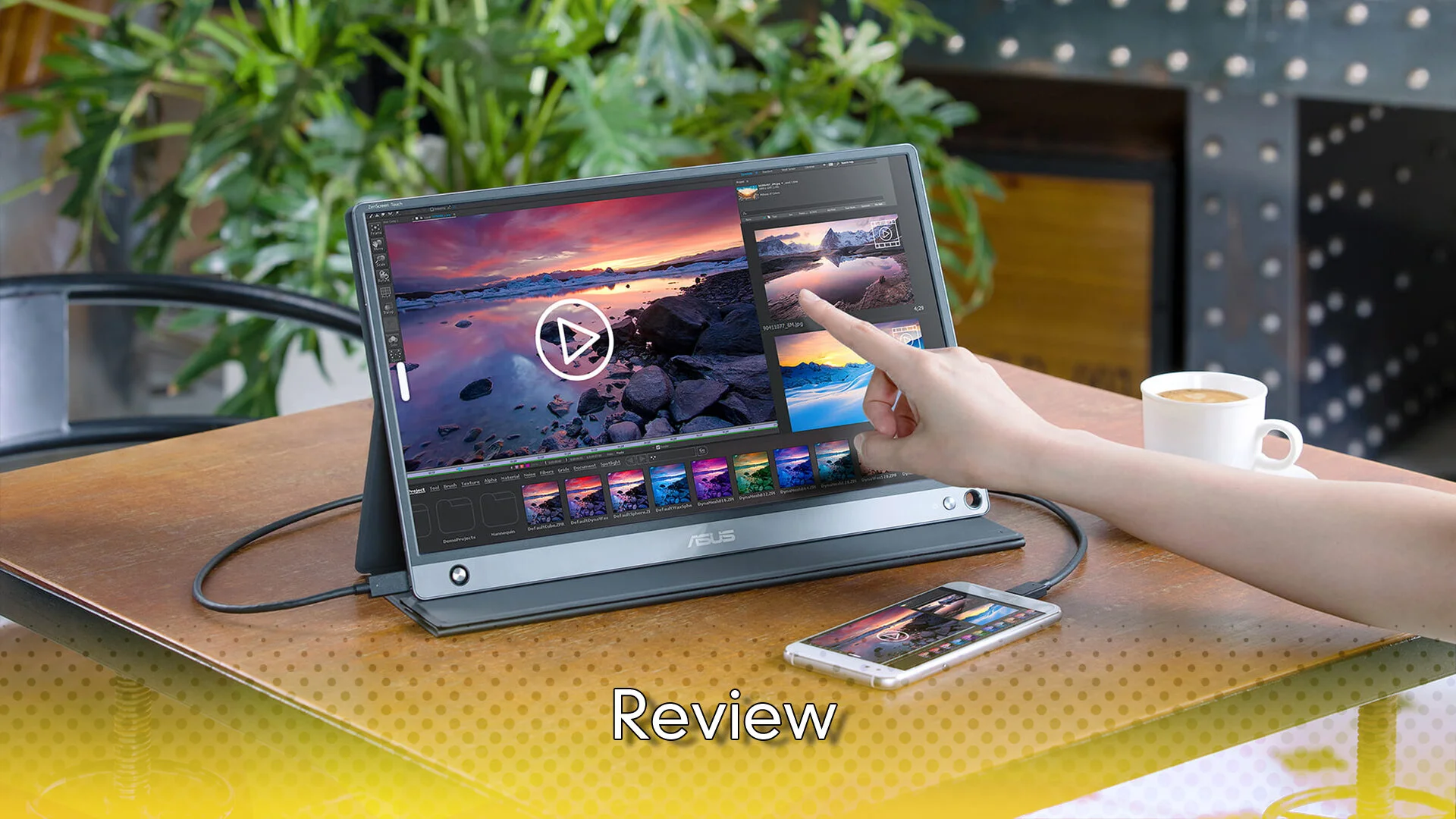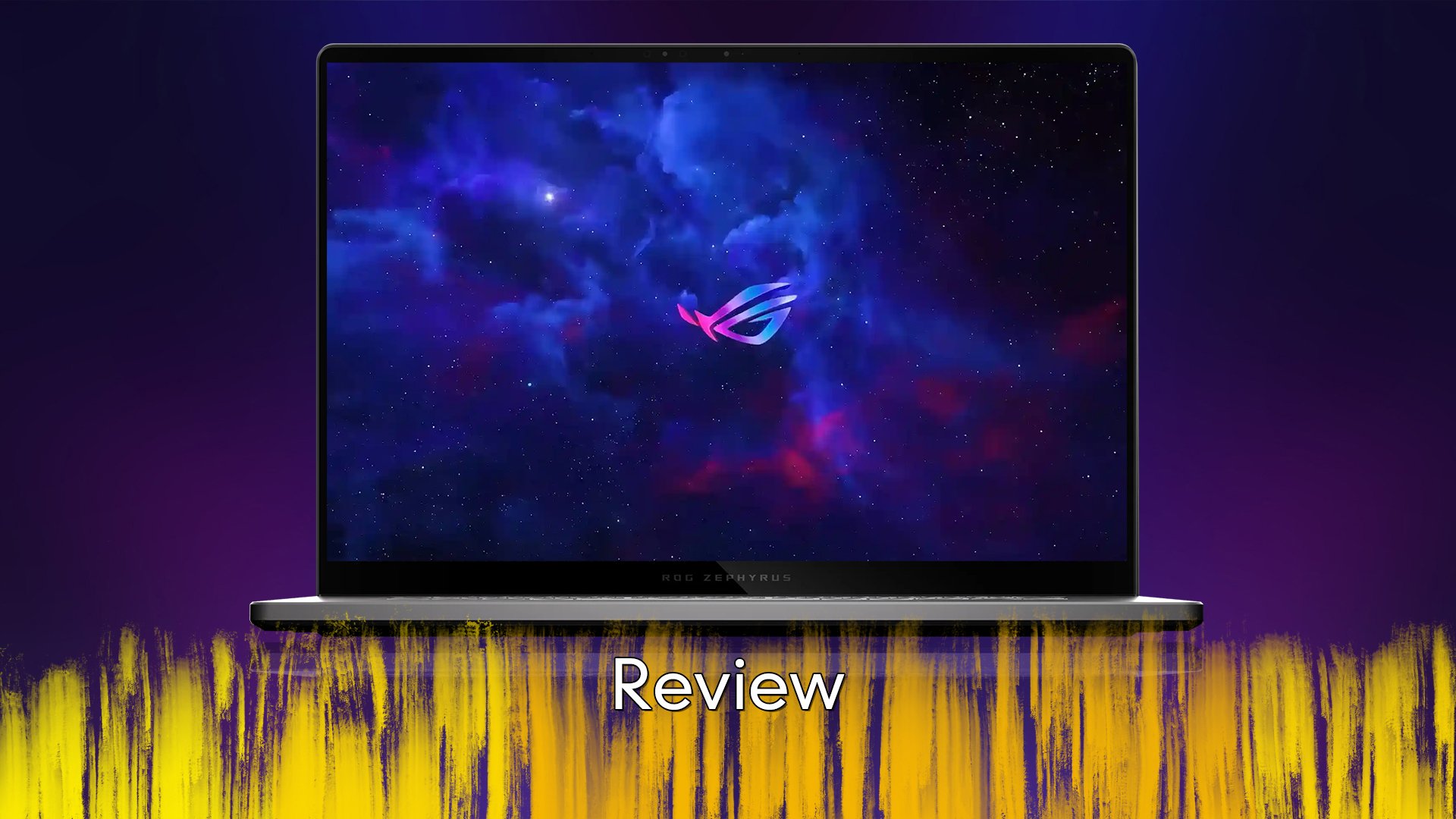Asus Zenbook S14 - Review
It has been the norm here that when we review a laptop, it is usually a powerhouse of a machine, designed for top tier gaming and even intense design work. It is quite the rare scenario when we slow things down and review, for lack of a better term, a plain laptop. This is not because we don’t see value in them or anything like that, but rather because the lower end spectrum of laptop hardware, has not really evolved in a number of years. ASUS seem to think they have that next evolutionary step in the Zenbook S14, are they right or are they just throwing out words that will result you losing your zen?
As with all laptops, the form factor is one of the more important aspects, because if you can’t use it, then none of the bells or whistles that come with it matter. Now normally we review large, often bulky gaming laptops, so taking this much smaller and lighter one from the box was a nice change of pace. I was of course aware that it would be much smaller, but even though it clocks in at 1.2kg and is barely over 30cm in length, the unit still surprised me. Holding it in my hands with the screen closed really gave me a sense of just how light it was, with the screen open, it felt larger, but still light. That sense of size came down to the incredible screen, but more on that in a bit. The keyboard was not smooshed into place, which I appreciated and while it was not a full size offering, it suited the size of the machine. The touchpad was quite large, again especially for the size of the device, as I have seen much smaller touchpads on much larger laptops, so it was a welcome addition. The actual unit itself is made from a material that Asus call Ceraluminum, which sounds like something a new model Terminator would be made from. What I can say is that the touch of this laptop is sublime, it felt at first like the Alcantara did on the Surface line a few years ago, unique and mysterious. Where this shines over the felt like Alcantara is that this is still metal, so it won’t get dirty from daily use like the Alcantara did.
In terms of inputs, there is not a lot here, at least compared to the Acer Predator Helios Neo 16. On the right side of the machine you get a single USB-A 3.2 Gen 2 port, which can do 10Gbps, on the left are the remaining ports. Here you get a full-size HDMI 2.1 port, a pair of Thunderbolt 4 USB-C ports and a standard 3.5mm audio jack and that is it. Now given that one of those USB-C ports is required for power I would have liked to have seen a third one next to the USB-A, just for the ease of use more than anything. Honestly, while there are not as many ports as some other laptops around, it will cover the basic use and given that the laptop does have Bluetooth® 5.4 on board, a wireless mouse will free up a port.
Now I mentioned before about the screen and for good reason, it is incredible. On board is a 14-inch OLED display, with a unique 3K resolution, which means 2880 x 1800. It does come with the odd 16:10 aspect ratio, well maybe not as that is slowly become the standard, but for me it’s odd. Something that did impress me was the 0.2ms response time and 120Hz refresh rate. Now again, a screen with those sort of specs is not uncommon on a high-end gaming machine, but on what you could easily mistake as an Apple MacBook Air counterpart, that is seriously impressive. To just see how rich the screen was, as it is also HDR supported, I jumped onto YouTube and watched a number of those 4K promo videos, like these, and it is not hyperbole to say that incredible does not begin to describe how everything looked.
Now this is not a gaming machine, it can run some games as it does have Intel Arc Graphics onboard, but as the chip is based around the 2nd generation Arc Battlemage GPU, I figured it would do well enough. For a game like Super Meat Boy, which thrives in its 2D space, this worked great and playing other games of the same style like Hollow Knight also proved a success. Where it struggled was with 3D gaming, my usual go to for any test is DOOM 2016, for good reason, the speed and size of the levels is often a good way to judge how it performs. Now it was playable here, but with most settings below medium, bar a small few at medium. If you are someone who is super keen on eeking out all possible performance, then I am sure you could tweak a few more settings to make it look better. I also attempted to try out Marvel’s Spider-Man, as its streaming open world is another great test, it however was not really playable. As the machine is not aimed at the gaming landscape, I don’t find it to be all that disappointing that it could not play some demanding PC titles, but given that it could handle most 2D and a few lower end 3D games, I count that as a win.
Normally we don’t dive into CPU specs and benchmarks of said chips, for the simple reasoning of that they don’t matter. There are countless other sites that will dive into the nitty gritty specifications of CPUs and if you want to know that, then a search will get you there. Whenever I am looking at a laptop, I am just thinking about the user and for a device like this, it is more about the user and the most common use case. Now the Intel CPU included in this machine makes use of the Lunar Lake architecture, which is nice, but the main reason I am calling it out here, is that it included the next evolution NPU. Computers for the longest time have always had CPU and GPU, the newer NPU is a result of the AI push from tech companies, as it stands for Neural Processing Unit. The core of the laptop contains the CPU, GPU and NPU all on a single chip, it even includes the RAM, so it on its own is the computer. All of this hardware on a single chip could have been a problem, both in terms of power usage, heat creation and performance, but at no time did I ever encounter any issues of that sort. While having videos play, a massive PowerPoint presentation open and many, many Chrome tabs open, the laptop just kept chugging along. Again, I am not counting core frequencies, or decibels in fan noise or anything like that, but I can tell you that even when attempting to run a game like DOOM 2016, the little laptop kept working and the heat and noise, was never an issue.
The final aspect of the laptop that is worth talking about is the battery, because any decent device should give you at least 8 hours of battery life, from basic use. I am happy to report that the 72 Wh battery included in the Zenbook S14, nets at least 8 hours easy and depending on settings can almost hit double that. When I tested out the gaming the battery life was less, but when I was doing YouTube watching and the occasional story writing, it would often reach 12 hours and beyond. Of course, settings will play a part in all of this, if you max everything up such as screen brightness, you will get less. Thankfully, even when the screen was set to around 60% max brightness, I was still able to get a dozen hours of life from a single charge. Which brings to me usual rant about the size of laptop power bricks, and their ever increasing size, but this time I can’t rant about that. When I took the laptop out of the box, I was surprised that there was no giant brick or extensive cables, just a standard USB-C and a slightly larger wall plug. Because of its size, I was concerned that it would be a slow charger, but as it’s a 65W adapter, it only took 2-2.5 hours to charge from flat to full, so a welcome surprise.
The ASUS Zenbook S14 is a really incredible piece of hardware, will it suit every use case that you can think of no, as its not a powerhouse of a machine. What it will do is cover your every day use, emails, videos, web browsing and the occasional game or two, but it will do so with ease. The core of the machine is the new Intel SoC and it is more than capable of delivering power to you, when you need it, but not at the expense of draining the battery like some sort of battery vampire. The biggest obstacle for my suggesting that you consider this as your next all purpose laptop, the price is just way to high. You can get a more powerful laptop for near the same price as this, those are of course much bulkier, so it is a choice. If I was someone who gamed on PC outside of the house, I would not personally consider this as a gaming machine, but for writing and basic photoshop work, it would easily be a laptop I would pick up.
The Score
8.5
Review unit provided by ASUS
The Pros
A small but powerful machine, that easily delivers enough horsepower for your daily work tasks
The screen is amazing and watching 4K content on it, really puts a lot of other high end laptops to shame
The Cons
There is no way around it, the price is insanely high and doesn’t stack up against other similarly priced laptops
The NPU is powerful, but not really needed on a device that is aimed at a general user










